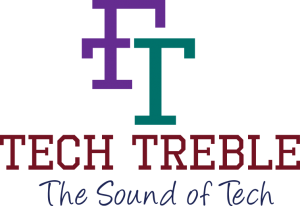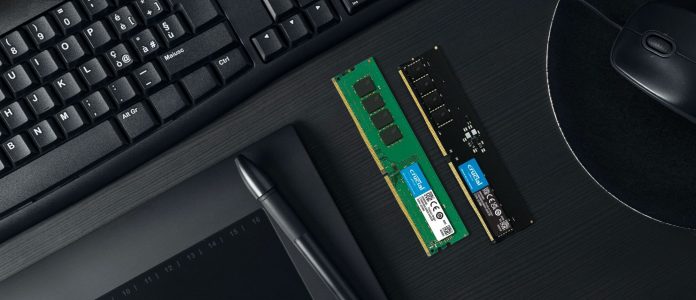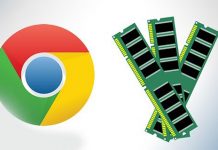If cash’s nothing, quicker memory is always likable. But cash is a thing, and DDR5 memory has proven quite costly. Condemn the pandemic or any of several geopolitical affairs over the past couple of years, but it does beg the question of whether DDR5 is worth the wallet pain.
It’s an especially relevant query with Intel’s 12th Gen Alder Lake CPUs. But, you may ask, why so? Alder Lake handily supports both DDR4 and DDR5, so the new memory standard isn’t mandatory, as it will be with AMD’s new Ryzen 7000 CPUs and AM5 socket later this year. For now, with Alder Lake, DDR5, therefore, really has to deliver. Otherwise, why would consumers spend more? After all, Intel has a shoddy track history for sustaining long-term socket compatibility. So, it’s dubious if you invest laboriously now in Alder Lake and DDR5, you’ll be all set to drop in a new CPU two or three generations down the line. Indeed, we expect Intel to break socket compatibility next year with the 14th-Gen Meteor Lake silicon lineup.

Alder Lake officially supports DDR4-3200 and DDR5-4800. That looks like a considerable gap in headline memory speed from the DDR5 option. What’s more, in terms of raw bandwidth, DDR5-4800 offers around 56GB/s, well over 10GB/s more than the DDR4 option. But in actual real-world applications, the advantages aren’t always so apparent. For example, all that additional bandwidth in games doesn’t translate into better frame rates. On the other hand, in productivity applications such as Photoshop, a five percent increase in performance is about as good as you can expect. In contrast, the odd outlier, such as Zip compression, witnesses the full power of the bandwidth payoff and a performance boost of about 20 percent.
This conveys that DDR5 hasn’t been too attractive when paired with Intel’s Alder Lake CPUs. As for being forced to go with DDR5 when AMD’s next-gen PC platform comes later this year, the good news is that DDR5 prices are starting to drop. And as DDR5 moves from the early adopter level to mainstream, it will ultimately transition to being more affordable than DDR4, thanks to economies of scale. That won’t happen in time for the launch of the Ryzen 7000, but it shouldn’t be too hurting to spec up a next-gen AMD rig with a decent amount of DDR5.























